Is it possible to have to join a long waiting list and wait years to be able to purchase a handbag? The answer seems to be yes, if that handbag is a Birkin. It happens just like that in a now well-known scene from the landmark series Sex and the City, in which Samantha Jones, the most independent and unabashedly outspoken of the quartet of New York girlfriends, goes to Hermès to buy the much-coveted red Birkin Bag , 35 centimeters wide and costing $4,000, only to discover that she has to wait a full five years. To her exclamation, “But it’s a bag!” the clerk promptly replies, “It’s a Birkin!” With irony and levity, a phenomenon is described that is not just fantasy, but reality.
The creation of the Birkin has a very special history, which is really worth knowing in order to understand its success. In 1984 on a Paris-London flight, Jane Birkin (London, 1946 - Paris, 2023), an icon of swinging London, an actress already consecrated by films such as Michelangelo Antonioni’s Blow Up and an established singer thanks to divisive singles such as Je t’aime... moi non plus, written and sung with her longtime partner Serge Gainsbourg, happens to find herself sitting next to Jean-Louis Dumas, president and creative director of Hermès, the French maison founded back in 1837 that has grown from a small workshop making horse harnesses and harnesses to one of the world’s best-known, especially for its women’s handbags and silk bobs and gavroche.
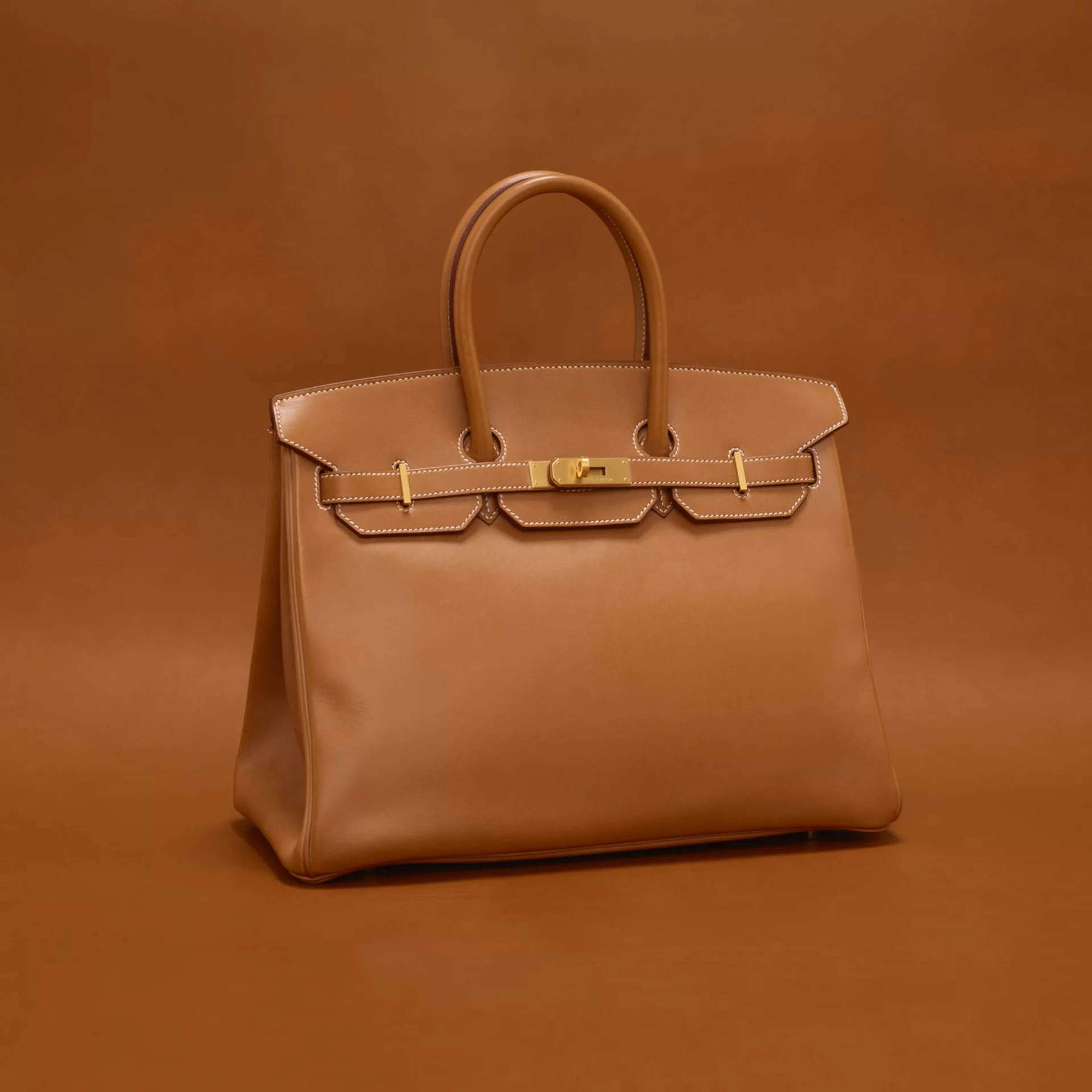
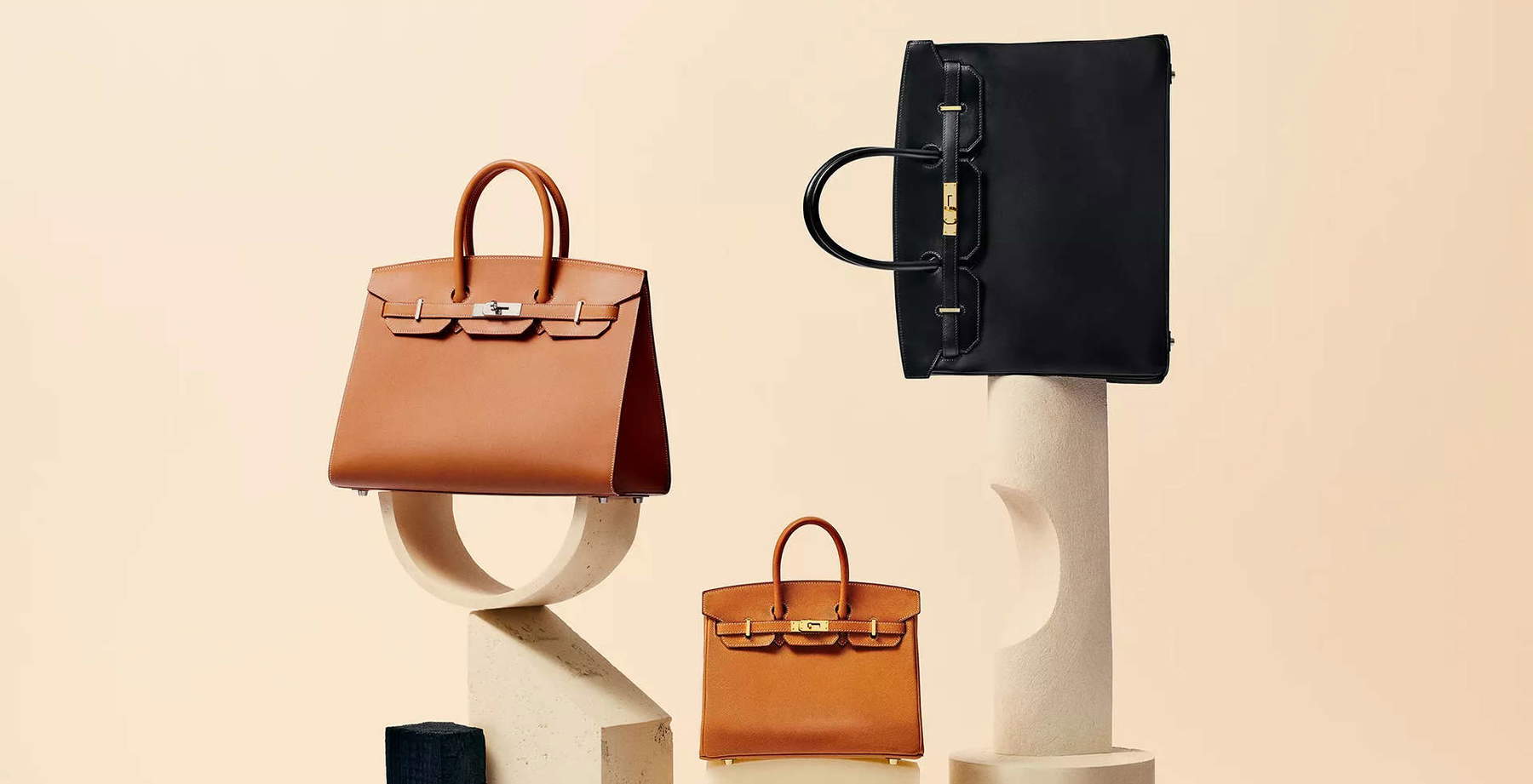
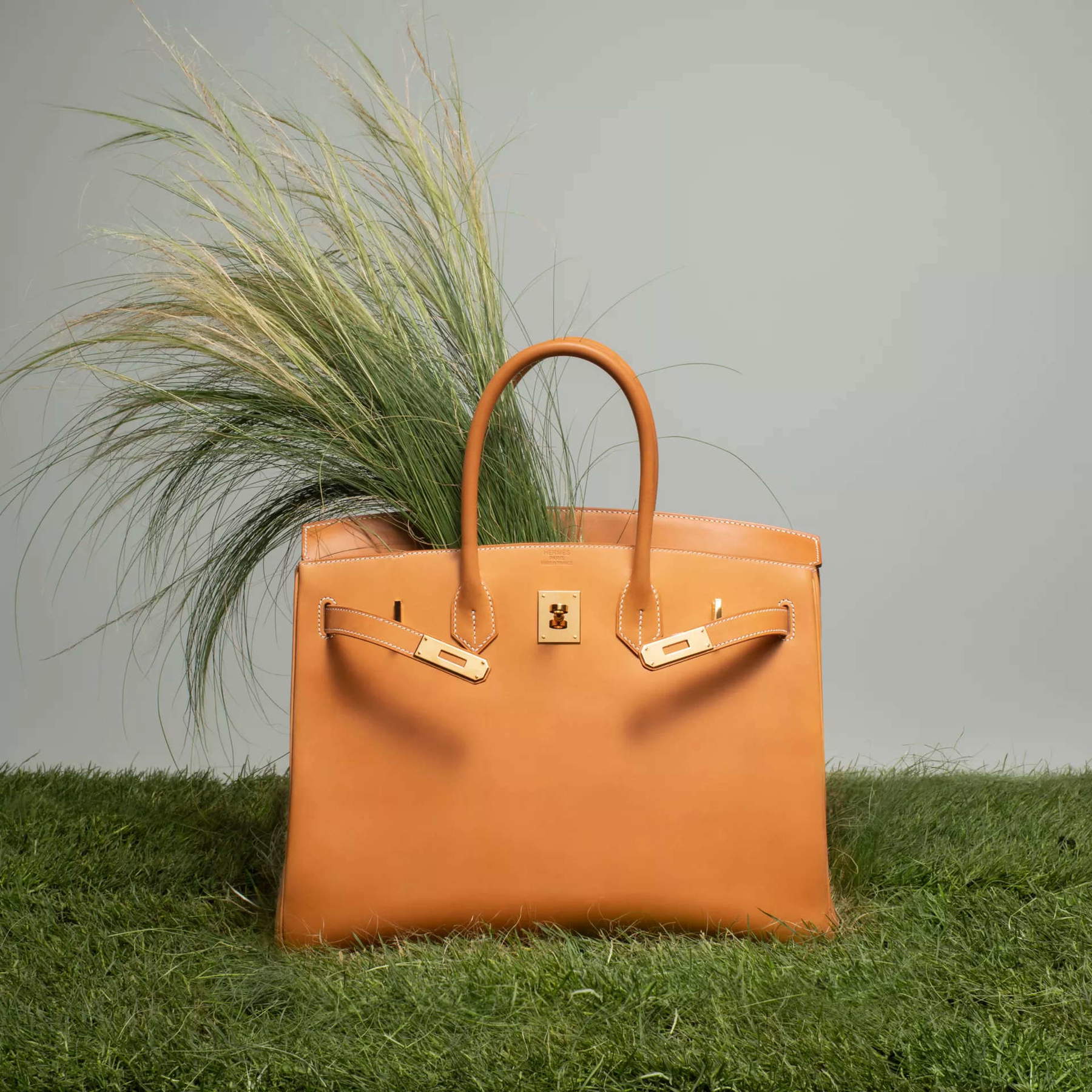
The actress herself recounts that she was carrying a Hermès bag that day, without interior pockets, in which she kept her agenda full of papers and notes, and that it fell, spilling all its contents. Complaining to his neighbor about the bag’s lack of functionality, the latter, who by coincidence or fate was indeed “Hermès himself,” offered to design a model cut to Jane Birkin’s needs: a bag larger than the Kelly - the trapezoid-shaped strap bag for women born in the 1930s that would be renamed with this name later, precisely because it was used by Grace Kelly, Princess of Monaco - capacious, with pockets inside, but not bulky. Thus, about a month after the lucky meeting, the actress received a phone call from Hermès inviting her to go try on the new creation, which would be named after her: the Birkin was born.
From the first model, which its owner always carries with her and customizes at will with charms, stickers and objects of all kinds, the Birkin is connoted by very specific features, which return over time and make it always recognizable: the rectangular shape, the metal feet, the interior pockets, the top flap with padlock closure, the soft leather upholstery with saddle-stitch hand stitching (a very clear reminder of Hermès’ origins and the strongly artisanal essence of its leather creations). From the 1980s onward, the Birkin becomes a highly sought-after object, in its variations in size, from 35 to 25 cm wide, in material (suffice it to say that the types of leather used are very varied, up to and including crocodile or ostrich) and in manufacturing process such as, for example, natural vache, derived from a tanning process made entirely with vegetable substances. What contributes to making it a true it bag and making it a luxury item lies not only in the technical skill and craftsmanship behind the finished product, made entirely by hand, but also in the availability of pieces on the market.
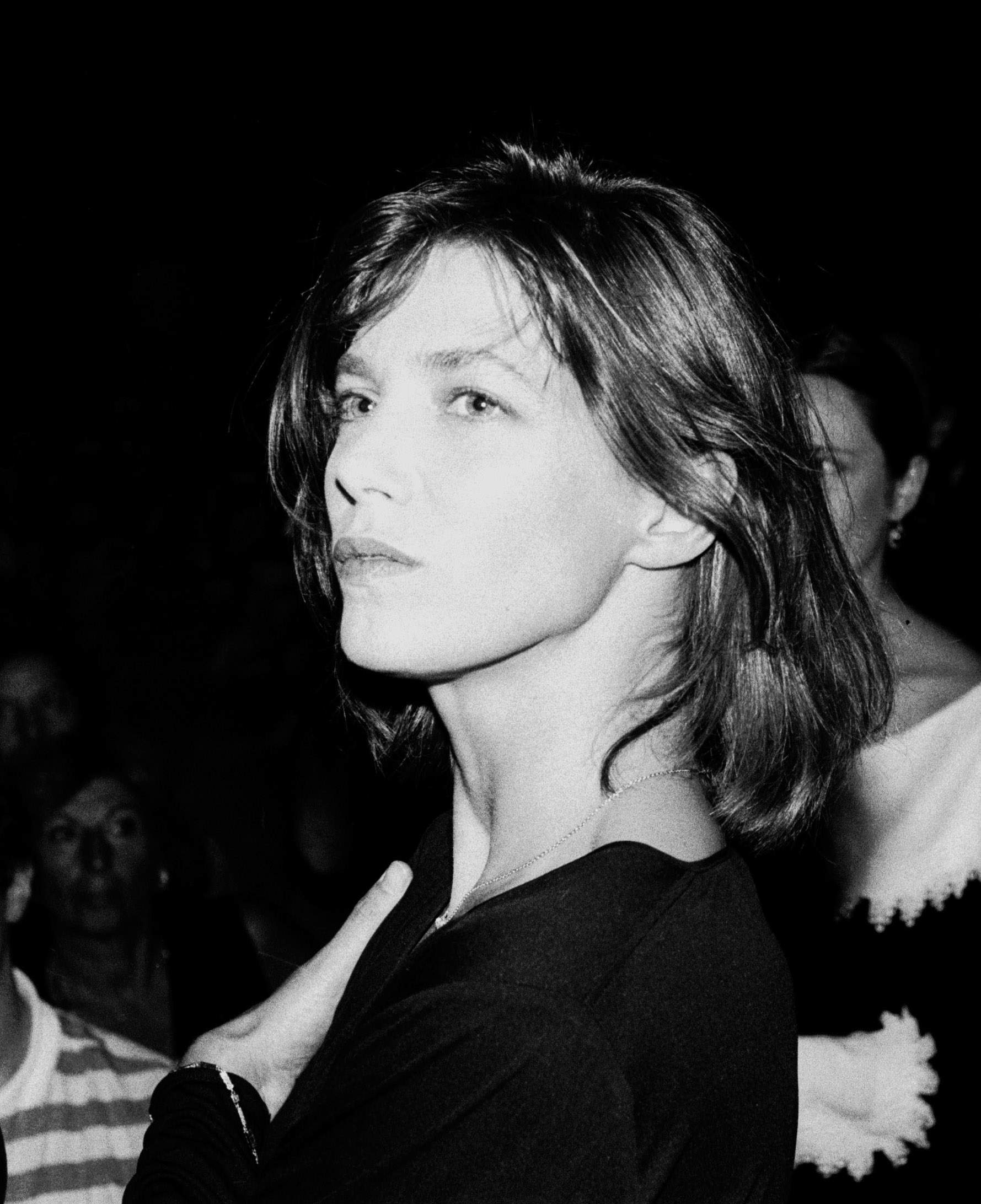
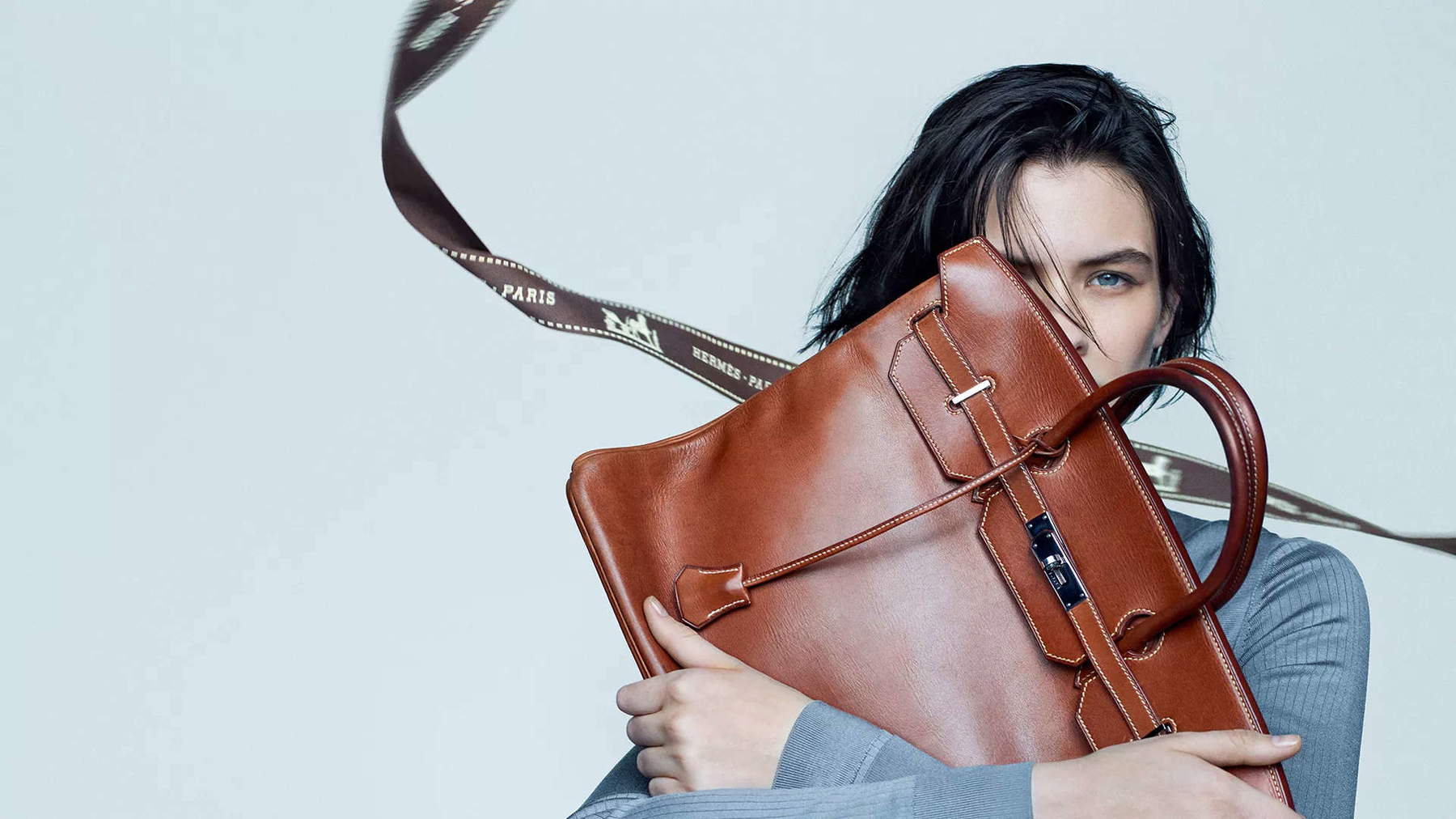
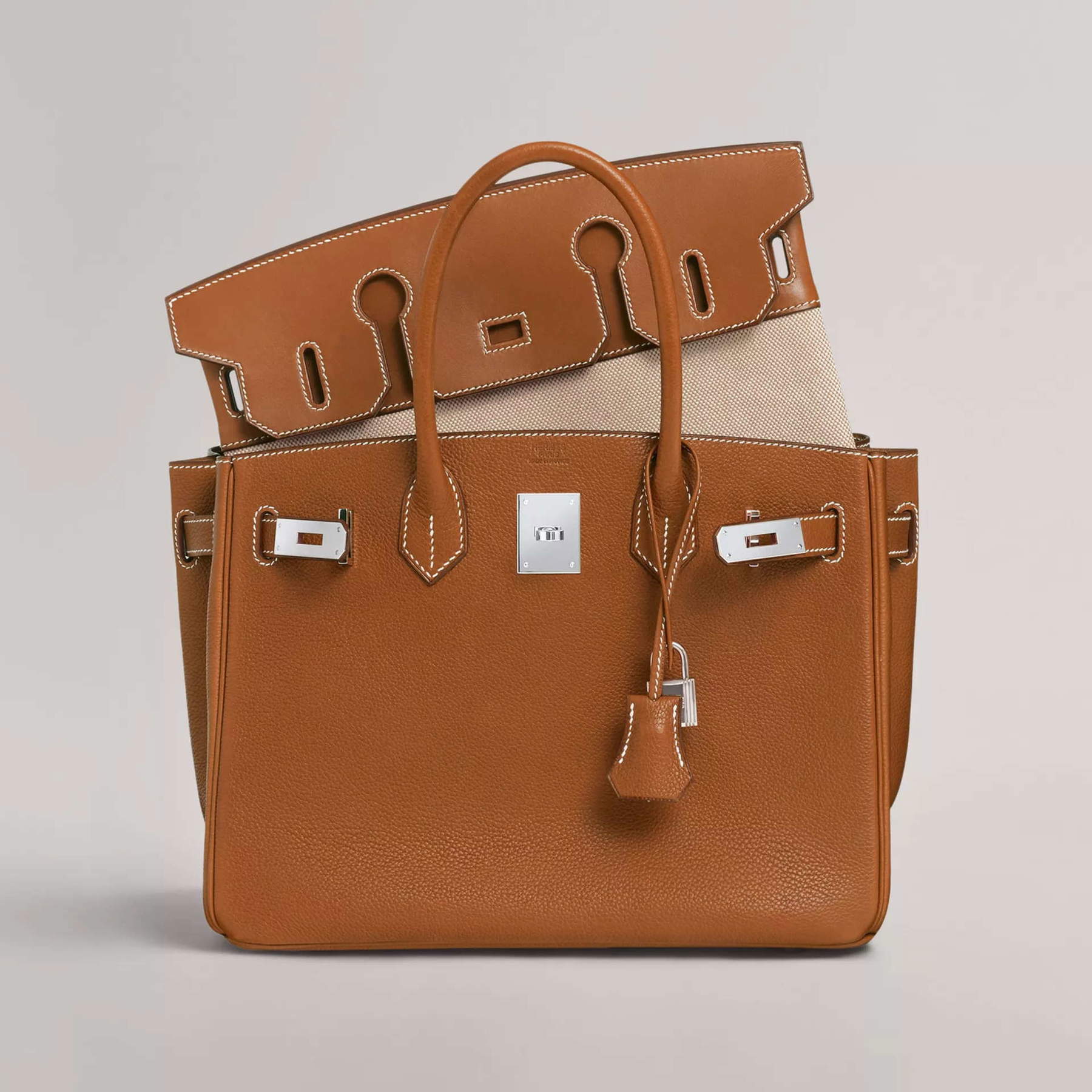
Indeed, while each season features a new model that changes in color and material, the pieces produced each year are limited, and as a result the wait to get the desired model increases exponentially. It is precisely this that fuels the taste of ordinary buyers and especially avid collectors, who also turn to auction houses such as Christie’s and Sotheby’s to find the Birkin of their dreams or the missing piece to add to their collection, going so far as to spend considerable sums. It is no coincidence that the Birkin is to this day considered one of the most expensive bags in the world, especially in its most prized variants such as the Niloticus Crocodile Himalaya - made of Nile crocodile leather and dyed in shades ranging from taupe to white, recalling the colors of the Himalayas - seen on the arms of celebrities and avid collectors such as Victoria Beckham and Kim Kardashian. No doubt this, too, contributes to the Birkin’s special place in pop culture and imagination.
However, beyond the more inaccessible and extravagant models, what allows it to remain a still current and desired object is a design that eschews the fashions of the moment, favoring the high craftsmanship of the product, which somehow becomes “classic,” recognizable, the same as itself while undergoing reinterpretations and variations, made to last and, above all, to be repaired: in fact, there are 15 workshops around the world, scattered between Europe, Asia and the United States, where Hermès products are repaired by the artisans who work for the company, and where the various Birkin models also find new life, restored by skilled and experienced hands. This focus on maintenance and reuse, very topical issues today, helps to make this object always contemporary and to extend its life even longer, following the philosophy of former CEO Robert Dumas (Paris, 1898 - 1978), father of Jean-Louis, who aspired to make “products we can repair.”
Warning: the translation into English of the original Italian article was created using automatic tools. We undertake to review all articles, but we do not guarantee the total absence of inaccuracies in the translation due to the program. You can find the original by clicking on the ITA button. If you find any mistake,please contact us.